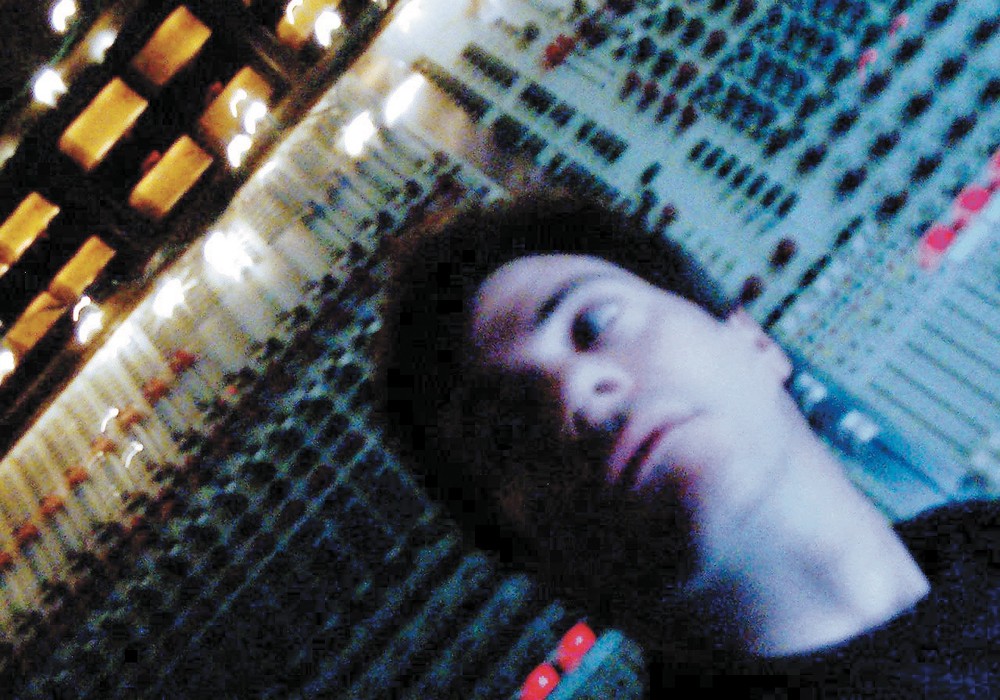Do
- Do toe in your near-field monitors to a 30 degree angle.
- Do space your near-field monitors far enough apart so that the apex of your equilateral triangle
is 18 inches behind your head. (I recommend 67.5 inches from tweeter to tweeter.) - Do use speaker stands and implement a decoupling element between the stands and the monitors.
- Do adjust the height of the acoustic center of the speaker (usually midway between the tweeter and midrange) to match the height of the listener's ears.
- Do experiment by moving the monitor/engineer position back and forth along the length of the room to avoid axial mode nulls. If you're lacking bass response, your best bet will be close to the front wall.*
- Do attenuate first reflections once you have chosen your positioning by sitting in the listening position and having someone walk along the right side wall with a mirror until you see the left speaker. Repeat for the left wall and (importantly) the ceiling as well. Place sound-absorptive panels at the wall and ceiling positions that you have identified.
- Do place absorption on the rear wall.
Don't
- Don't assume that your speakers are going to be truly accurate in your room, no matter how much you paid for them or how well your room is acoustically designed.
- Don't use any other angle other than 30 degrees for stereophonic monitoring. The laws of physics determined this for stereophonic listening 50 years ago.
- Don't mount your monitors on the console. Unless your console has a lot of mass, the console resonance will greatly affect the frequency response.
- Don't use consoles with high backs that prevent proper speaker height positioning.
*A very easy and intuitive axial mode room calculator and more acoustics information are available for free at Carl's website: www.carltatzdesign.com







